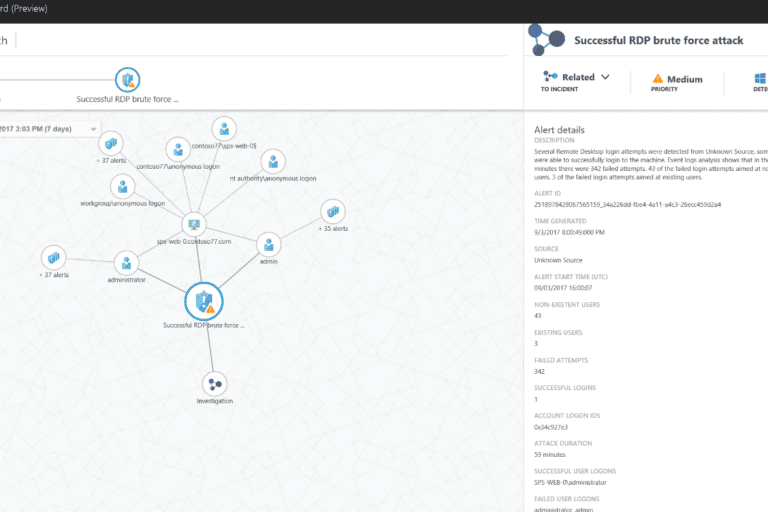
Azure Security Center provides cyber protection to the workloads of the users and now the services are extended to the workloads running on-premises and other clouds too. The complex infrastructure of the companies often leaves some security gaps in the systems which makes the system vulnerable to malicious items and attackers. Security Center unifies the security management across the system and removes complexity by using Microsoft Intelligent Security Graph. It not only removes threats but also blocks them due to the ability to meet the advanced security challenges.
After installing the Microsoft Monitoring Agent, the users can onboard VMs and computers running on-premises. No need to manually connect the computers with the system as security center automatically detects the connected systems for Operations Management Suits (OMS).
With the help of Management Groups, the security center policies can be applied on various subscriptions to ensure that the security policy is applied to their complete workload. The central management system allows the users to apply policies on-premises and other clouds.
Adaptive Application Control follows the whitelisting rule powered by machine learning to block the malicious items. They manage the management complexity by analyzing the application running on the specific VMs and the rules applied on the VMs are tailored according to the specific VM.
Windows Defender Advanced Threat Protection (ATP) is the advanced techniques used by the Security Center to post-breach detections built for windows. The new security amendments are the part of the Security Center Standards and automatically become a part of the offered services.
Investigation experience investigates the malicious entity and checks its scope. The quick access to the information of the root cause helps the user to eliminate it as soon as possible. Predefined and ad-hoc queries are used to investigate and analyze the security and operational events.
Security playbooks can be easily automated with Azure Logic apps due to the successful integration with Security Center. Security Center Connector is used to create a new logic app which helps you to trigger security alerts from Security Center. The user can set check and balance on every type of situation and automate a common workflow. Collection of additional data, ticketing system, and routing alerts are some are some examples of automated workflow.
Azure Security Center has integrated the new integrated search and event monitoring capabilities in its services which let you analyze security data and check the connected solutions like the security of the firewall in the system and Azure Active Directory Information Protection. To check the geographic source of attack and queries can be checked from intelligence map while an identity and access dashboardis added to include login data and potential threats.
The new Azure Security Policy checks the malicious items on the Windows VM and servers by checking the configuration of .NET, ASP.NET, and IIS.